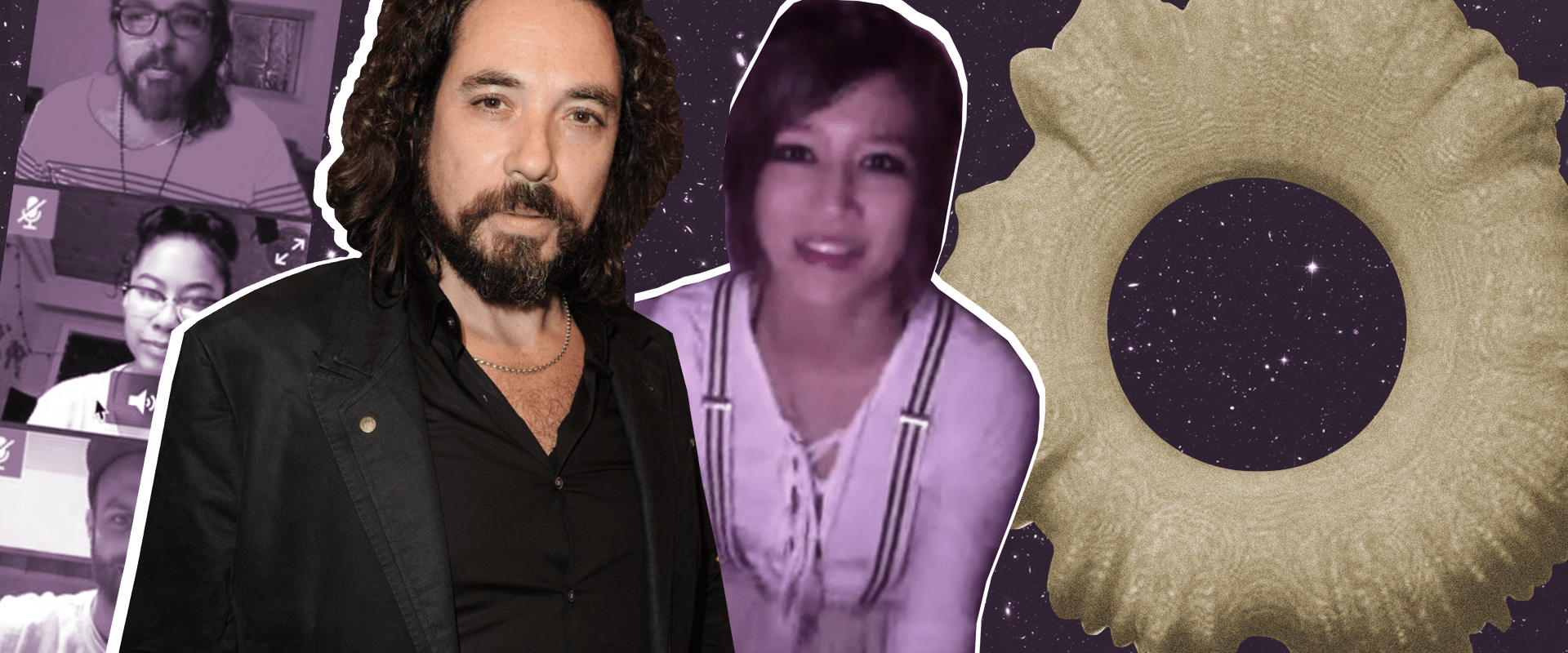
In 1977, NASA launched two probes – Voyager I and II – into outer space. And upon them, famously, were two gold-plated records containing a time capsule of sorts, a message meant to introduce Earth, and humans, to any extraterrestrial civilization that might – some day – find them.
A group led by Carl Sagan debated for almost a year what should go on the records. They ended up including images, anatomical drawings, astronomical maps, mathematical definitions, technical diagrams, pictures, and also – of course – a lot of sound. There were songs of humpback whales, crickets and frogs, brainwaves, a musical mixtape ranging from Mozart to Chuck Berry, and spoken greetings in fifty-nine different human languages.
U.S. President Jimmy Carter added a message of his own, in which he wrote, “This is a present from a small, distant world, a token of our sounds, our science, our images, our music, our thoughts and our feelings. We are attempting to survive our time so we may live into yours.” That message, and those records, left our solar system more than fifteen years ago, and are now billions of miles away – the most distant man-made objects in space.
Nearly forty years after Sagan and his team tossed their “bottle into the cosmic ocean,” forty-five-year-old Eyal Gever was sitting in his Tel Aviv studio. That’s when the phone rang, and the voice on the other end of the line gave him the commission of a lifetime: NASA asked him to design the very first piece of art to ever be created in space. Gever was stunned. Much like Sagan, he had to distill the essence of humanity – the essence of our planet, really – and then condense it into a 10×10 centimeter printable plastic statue.
On the other side of the world, in Washington State, twenty-six-year-old Naughtia Stanko was lying depressed in bed. Soon, Eyal and Naughtia’s fates would forever be intertwined, as they combined to leave their mark on our galaxy.
Producer Yoshi Fields brings us a tale of laughter and crying, of permanence and impermanence and – above all – of humanity.




Joel Shupack scored and sound-designed the episode, with original music and additional music by Blue Dot Sessions, Broke for Free and Nehora & Hadas. Sela Waisblum created the mix. Yochai Maital and Mishy Harman edited the episode. Thanks to Yoav Orot, Maya Kosover, Dani Levi, Esther Werdiger, Wayne Hoffman, Sheila Lambert, Erica Frederick, Jeff Feig and Joy Levitt. The music and lyrics of the end song – “Leil Emesh” (“Last Night”) – are by Naomi Shemer. The song used in the episode is a cover version by Nehora Kakone and Hadas Fraenkel.

Project Kesher is a non-profit organization that empowers and invests in women. They develop Jewish women leaders – and interfaith coalitions – in Belarus, Russia, Ukraine and Israel, deliver Torahs to women who’ve never held one before, broadcast women’s health information on Ukrainian Public Radio, and help Russian-speaking immigrants to Israel advocate for equal rights.

The Marlene Meyerson JCC Manhattan in New York City provides great virtual programs, classes, and events for all ages, in a dazzling variety of areas including the Arts, Fitness, and Jewish Life.

The Afya Foundation delivers medical supplies and PPE to people in need in over eighty-five countries.